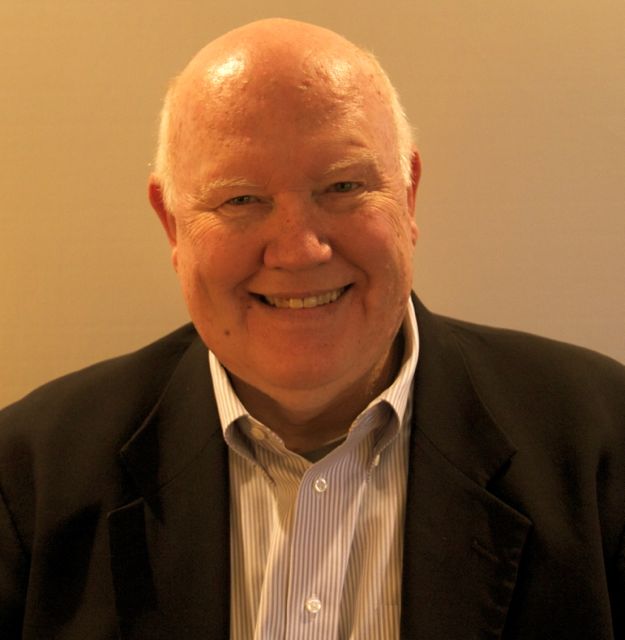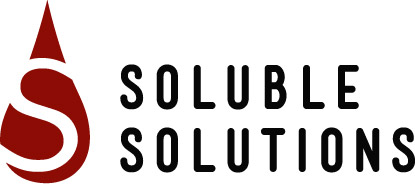 Since December, 1998 Irv Wiehe has been President of Soluble Solutions, a consulting company in the fields of petroleum fouling mitigation and in petroleum resid conversion. Over the years, Irv Wiehe has invented, developed, and applied a series of tools that enabled him to diagnose, to treat, and to cure refinery fouling and coking problems. These have been applied to petroleum refineries all over the world and to nearly every unit within the refinery. An example tool is the Oil Compatibility Model that enables predicting when the blending of oils precipitate solid asphaltenes. This led to his discovery that the mixing of crude oils can often precipitate asphaltenes to foul pre-heat exchangers and coke furnace tubes and that even the order of blending is important. Now, opportunity crudes can be purchased and scheduled on the basis of minimum fouling. For this research and application to the mitigation of refinery fouling, Irv received Exxon’s Golden Tiger Award for customer service. Irv has had rotational assignments for two years at the Exxon Research and Development Labs in Baton Rouge, Louisiana and for one year in Exxon Engineering in Florham Park, New Jersey. Almost daily, Irv was contacted as a consultant for Exxon employees in supply, in refining, in production, and in petrochemicals.
Since December, 1998 Irv Wiehe has been President of Soluble Solutions, a consulting company in the fields of petroleum fouling mitigation and in petroleum resid conversion. Over the years, Irv Wiehe has invented, developed, and applied a series of tools that enabled him to diagnose, to treat, and to cure refinery fouling and coking problems. These have been applied to petroleum refineries all over the world and to nearly every unit within the refinery. An example tool is the Oil Compatibility Model that enables predicting when the blending of oils precipitate solid asphaltenes. This led to his discovery that the mixing of crude oils can often precipitate asphaltenes to foul pre-heat exchangers and coke furnace tubes and that even the order of blending is important. Now, opportunity crudes can be purchased and scheduled on the basis of minimum fouling. For this research and application to the mitigation of refinery fouling, Irv received Exxon’s Golden Tiger Award for customer service. Irv has had rotational assignments for two years at the Exxon Research and Development Labs in Baton Rouge, Louisiana and for one year in Exxon Engineering in Florham Park, New Jersey. Almost daily, Irv was contacted as a consultant for Exxon employees in supply, in refining, in production, and in petrochemicals.
In 1977 Irv joined Exxon Corporate Research in Linden (later moved to Annandale), New Jersey and immediately began research on the upgrading chemistry and phase behavior of heavy oils. In his 21+ years at Exxon Irv has solved many problems as a result of elucidating the complex phenomena involving the characterization, phase behavior, and thermal chemistry of petroleum macromolecules. Irv’s work spans the gamut from basic research to direct refinery applications. He is at home working on a new theory with chemists and physicists one day and advising refinery engineers and operators of better operating conditions the next day. He has devised new processes for resid conversion and for recovering tar sands bitumen and new methods to mitigate fouling by petroleum in production, in transportation, and in refining. Irv developed the foremost model of resid thermal conversion with a phase separation step for coke formation. This led to step-out increases in resid thermal conversion and hydroconversion by increasing the solvency of petroleum macromolecules. For this work Irv received an Exxon Incentive award from the Chairman of Exxon Corp. for outstanding achievement. Later Irv received this award a second time for his Pendant-Core Building Block Model of petroleum macromolecules and his Solvent-Resid Phase Diagram. These enabled Irv to generalize complex phenomena into simple terms that led to new ways to combine resid conversion and separation processes. At Irv’s retirement from Exxon he was a Senior Research Associate and Program Leader.
Irv is very active in the American Institute of Chemical Engineers (AIChE) and the American Chemical Society (ACS). Irv chaired the Fuels and Petrochemicals Division of AIChE (2001-2) after serving six years in various officer positions. At National AIChE Meetings Irv frequently presents papers, has chaired sessions each year since 1993, created and chaired the first International Conference on Refinery Processes (12 sessions) in 1998, and the first and third International Conferences on Petroleum Phase Behavior and Fouling (14 sessions) in 1999 and 2002. In 2007, Irv was elected an AIChE Fellow and received the Distinguised Service Award by the Fuels and Petrochemicals Division of AIChE. Irv has chaired seven sessions at National ACS Meetings and presented over 20 papers.
Irv received his BS degree from the University of Cincinnati, his MS degree from Virginia Tech, and his DSc from Washington University (St. Louis), all in chemical engineering. He was Assistant Professor in Chemical Engineering and Material Science at the University of Rochester where he did research in solution thermodynamics and polymer engineering. Irv then moved on to Xerox Corp. in Webster, New York where he rose to Senior Scientist and Manager of the Material Processing Area while continuing his research interest in polymer engineering. At that time, Irv devised the Two-Dimensional Solubility Parameter Model for selecting solvents for polymers, including mixtures of liquids that individually are nonsolvents. This enabled Irv to devise unique solvent processes that were commercialized to produce Xerox’s first organic photoreceptor (imaging component of a copier) and polymer encapsulated color toner (dry ink).
